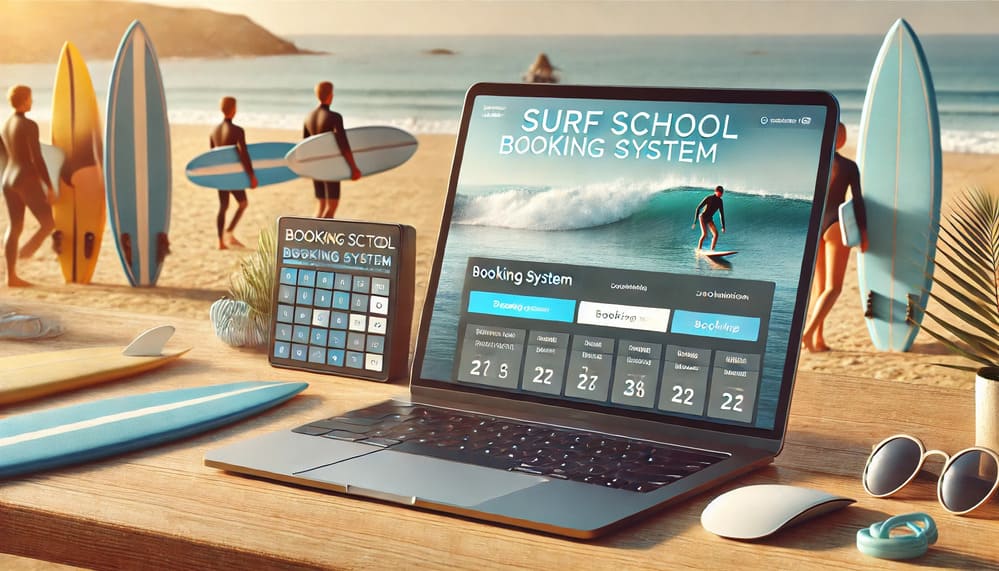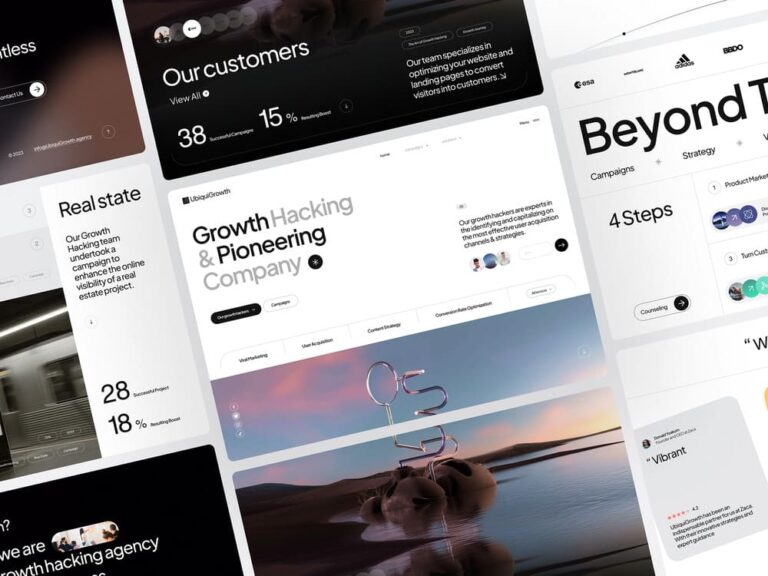- Keyword Research: Identify relevant keywords such as “surf lessons in [Your Location],” “beginner surf school,” and “advanced surf training.” Use tools like Google Keyword Planner or SEMrush to find the best keywords for your business.
- On-Page Optimization: Incorporate these keywords naturally into your website’s titles, meta descriptions, headings, and content. Make sure each page is optimized for a specific keyword to improve your chances of ranking.
- Content Creation: Regularly update your website with fresh content, such as blog posts about surf tips, local surf conditions, or success stories from your students. This not only boosts SEO but also engages your audience.
- Responsive Design: Ensure that your website’s layout adapts smoothly to different screen sizes. Test your website on various devices to confirm that it functions well on each.
- Fast Loading Times: Optimize images and use efficient coding practices to ensure your website loads quickly on mobile devices. Google’s PageSpeed Insights is a useful tool for analyzing and improving your site’s loading speed.
- Easy Navigation: Simplify your website’s navigation for mobile users. Ensure that buttons and links are easy to click and that forms are simple to fill out.
- Social Media Links: Add social media icons to your website that link directly to your surf school’s profiles on platforms like Instagram, Facebook, and YouTube.
- Shareable Content: Include social sharing buttons on your blog posts and other content, making it easy for visitors to share your content with their networks.
- Content Promotion: Regularly post updates, photos, and videos from your surf school on social media, and include links back to your website for users to book lessons or learn more.
- Simplify the Process: Reduce the number of steps required to complete a booking. Offer options for users to book lessons or packages quickly and easily.
- Offer Multiple Payment Options: Provide various payment methods, including credit cards, PayPal, and other secure online payment options.
- Automated Confirmations: Ensure that your system sends automated booking confirmations and reminders to students, keeping them informed and engaged.
- Google Analytics: Set up Google Analytics to track your website traffic, user behavior, and conversion rates. Analyze this data regularly to identify trends and areas for improvement.
- A/B Testing: Test different versions of your web pages to see which designs, content, or calls-to-action perform better.
- Feedback Collection: Use tools like surveys or feedback forms to gather insights directly from your students about their experience on your website.










